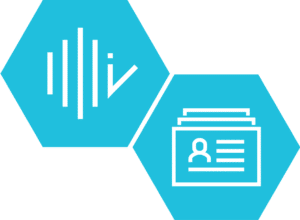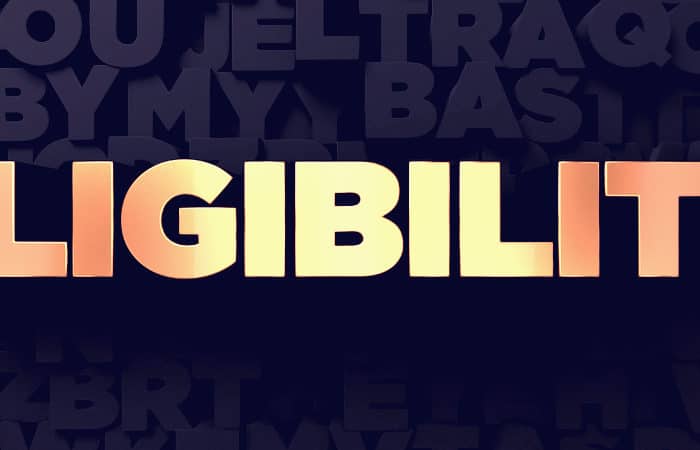E-Verify Compliance Guide for Employers
When you’re recruiting a new hire, you’ll likely have a long list of criteria to help you identify the right candidate. While skills and experience are important, there is also one crucial aspect that should not be overlooked: eligibility to work in the U.S.
Though verification of some employment criteria is at the discretion of internal hiring procedures, employers are required to confirm employment eligibility for every employee by completing Form I-9. For certain types of jobs and in some states, employers are required to take a further step of submitting completed Form I-9s via the E-Verify system.
The E-Verify system is an electronic database that cross-references the information provided in Form I-9 to government records to confirm that an employee is, in fact, eligible to work in the U.S.
Though E-Verify is a helpful tool for all employers wishing to ensure I-9s have been properly completed, in cases where E-Verify is required it is a mandatory additional step. The penalties for non-compliance with E-Verify requirements depend on the state in which a business is located but may include cancellation of contract and reversal of funds, ineligibility for future public contracts, and even suspension and/or revocation of business licenses and permits.
As such, compliance with all E-Verify requirements is crucial for all businesses for which the obligation to use the system applies. But E-Verify compliance need not be an onerous burden if you follow the best practices set out below.
1. Check whether or not you’re required to use E-Verify
Though E-Verify can help to ensure that any business is compliant with legal hiring requirements, there are some instances where employers are required to submit Form I-9s via the system or may be subject to stiff penalties. The first step to E-Verify compliance is knowing whether the system is mandatory for your business. A presidential executive order and the Federal Acquisition Regulation (FAR) rule require that federal contractors use E-Verify to verify the employment status of any employee working under certain types of public contracts. Except in cases where required under the FAR rule, E-Verify cannot be used to verify the status of existing employees.
E-Verify rules also vary from state to state, and it is important to confirm the requirements based on where your business is located and the types of contracts you deal with. In some cases, E-Verify requirements depend on whether the contract is with a public (municipal, county, state) entity and/or the dollar value of the contract. Conversely, California law does not allow businesses to verify the immigration status of prospective employees with certain exceptions, underscoring the importance of understanding your specific obligations.
2. Don’t confuse your Form I-9 and E-Verify obligations
Form I-9 and E-Verify may seem to fulfill similar purposes but they are not the same thing – and complying with one does not ensure compliance with the other. Even if an employee has completed a Form I-9 and you have retained it with their records, employers who are required to E-Verify must take the additional step of submitting a query via the electronic system with required timelines.
Similarly, even after an employee’s status is verified, employers who fail to retain a completed Form I-9 for each person on their payroll (or otherwise receiving remuneration) may face separate compliance penalties. I-9 compliance software with direct E-Verify submission capabilities can help to ensure compliance on both these fronts.
3. Understand the requirements for E-Verify
Once you have a clear understanding of your E-Verify requirements, it’s important to learn what you will need to use the system. For starters, employers that are required to use E-Verify will need to enroll in the system. Once enrolled, companies that use the system are required to display a poster disclosing their participation in the E-Verify program as well as an educational poster about employees’ rights.
When employers utilize E-Verify, their employees are required to provide their SSN in Section 1. Additionally, the employer is required to retain a copy if a photo match document is presented (U.S. Passport, U.S. Passport Card, EAD and Permanent Resident Card). If an employee presents a List B document, that document is required to contain a photograph. Employers may commence the E-Verify for a new hire as soon as the individual accepts an employment offer and completes their I-9. The I-9 must be completed within three days. Failure to commence the E-Verify process within three days may trigger a compliance review.
4. Address TNCs quickly and appropriately
From time to time, an employee may receive a Tentative Nonconfirmation (TNC) from the E-Verify system. Such notifications do not mean that an employee isn’t eligible to work – they just mean the system requires more information to verify their eligibility. Such notices must be dealt with promptly both to protect the employee’s rights and to reduce the risk that a correctable error will result in a Final Nonconfirmation outcome, which may require you to terminate the worker’s employment.
In the case of a TNC notification, an employer must quickly notify the new hire, providing a Further Action Required (FAN) notice for the employee to review and sign that explains the reason for the TNC. The employee must also make the decision of whether they wish to take action on the TNC. Taking action means that the employee agrees to take the necessary steps to contact the appropriate government agency to resolve the TNC. Not taking action means that the employee is unwilling to take action and ultimately results in a Final Nonconfirmation meaning that E-Verify cannot confirm the individual’s employment eligibility.
In case the employee wishes to contest the TNC, the employer must provide the employee with a Referral Date Confirmation and may not take any adverse action against the employee until the TNC is resolved. The employee must decide if they want to contact the appropriate government agency to resolve the TNC. Failure to do so may result in a final nonconfirmation which means that E-Verify cannot confirm the individual’s employment eligibility.
Employees have eight federal government working days to resolve the TNC from the date the case is referred. This countdown does not begin from the date the TNC but rather the date the employee signs the FAN and the case is referred within E-VerifyAn electronic I-9 system that displays at-a-glance TNC status updates can help to ensure employees get the information they need in a timely manner.
5. Save time and reduce errors by implementing a consistent process and tools
Approaching E-Verify on a case-by-case basis can increase the complexity of ensuring that your employees are eligible to work, as well as the risk of running into compliance problems. Instead, employing a holistic approach backed by tools that make it easier to navigate the E-Verify system can help to streamline and save time, as well as reduce the risk of preventable compliance violations.
For example, if your business is not subject to state rules barring the use of E-Verify, then you can reduce the risk of inadvertently forgetting to verify a required employee by making E-Verification standard practice for all new hires. A system that allows you to E-Verify with a single click after uploading an employee’s I-9 means you can do so without adding a lot of unnecessary work. A dedicated software solution can also help you to spot errors before you submit and provides timely, actionable notifications should further action be required.
Unsure whether your business is required to E-Verify? Check out this state-by-state guide to understand your obligations. And when you’re done, explore other E-Verify and Form I-9 best practices.




